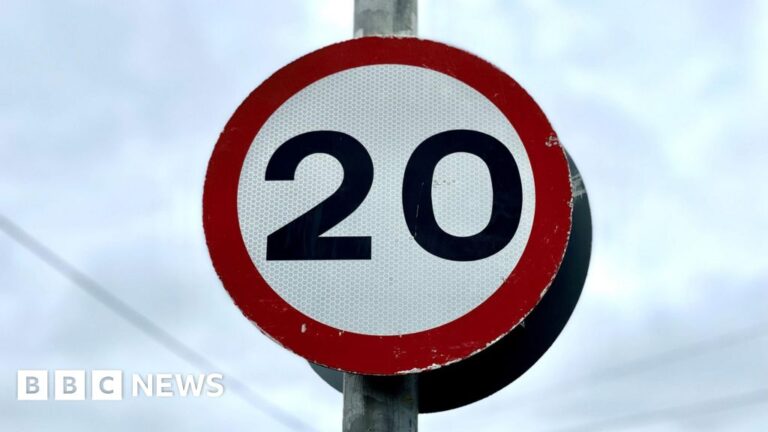Worries Over Changes to 20mph Limit Slow Reversal
As cities around the globe become increasingly concerned about road safety, many have adopted the 20mph speed limit in residential areas. However, recent discussions about reverting these limits back to higher speeds have raised significant public concern. This article explores the reasons behind the slow reversal of the 20mph limit, touching on safety statistics, community health, and local sentiment.
The Rationale Behind 20mph Limits
The adoption of 20mph speed limits is based on compelling statistics related to road safety. Research from the UK Department for Transport indicates that reducing speed limits by even 10mph can decrease the risk of fatal accidents by up to 40%. This is especially crucial in densely populated urban areas where pedestrian and cyclist traffic is high.
Moreover, a report from the World Health Organization highlights that low-speed environments not only boost road safety but also encourage more active transportation, such as walking and cycling. Communities with lower speed limits see increased foot traffic, which can bolster local businesses and improve overall community health.
Increasing Traffic Volume and Local Concerns
Despite the clear benefits of 20mph limits, some local councils are facing growing pressure to raise speed limits in response to increasing traffic volumes. Drivers often lament that the slow limits increase congestion and travel times, leading to a push for higher speed allowances. This concern is evidenced by a survey from a prominent motoring organization, which found that 67% of drivers believe that 20mph zones contribute to traffic delays.
Local communities are caught in a dilemma. Many residents appreciate the safety and viability of 20mph zones, especially families with children. A survey conducted by the Royal Society for the Prevention of Accidents (RoSPA) indicated that 65% of parents feel safer allowing their children to play outside in areas with strict speed limits.
Strained Public Sentiment and Political Pressure
Public sentiment surrounding 20mph limits is divided. While safety advocates argue for retaining lower limits, some residents advocate for change, expressing frustration at increased commuting times. A community poll recently revealed that 55% of participants support raising speed limits, leading to local councils reconsidering their previous commitments to 20mph zones.
Political pressure also plays a significant role. Councillors facing upcoming elections may feel compelled to cater to the desires of constituents who are concerned about travel times rather than prioritizing the humanitarian benefits associated with lower speed limits. The challenge lies in balancing the needs and expectations of different community factions.
The Broader Impact on Urban Planning
The discussion around 20mph limits also intersects with broader urban planning and public health strategies. Cities aiming for a holistic approach to community well-being must consider speed limits as part of a larger framework that includes infrastructure for cycling, walking, and public transportation.
Incorporating traffic-calming measures, such as speed bumps, expanded sidewalks, and improved crosswalks, has been shown to positively influence both driver behavior and pedestrian safety. Cities that prioritize these measures alongside maintaining low speed limits often see a reduction in accident rates and an increase in community satisfaction.
Conclusion
As debates regarding the 20mph limit continue, it becomes increasingly clear that any changes will need to be carefully managed. The fight between convenience and safety is one that will require not just data-driven decisions but also active community dialogue. The future of urban mobility and road safety hangs in the balance, urging local councils to tread thoughtfully as they navigate this complex issue.







